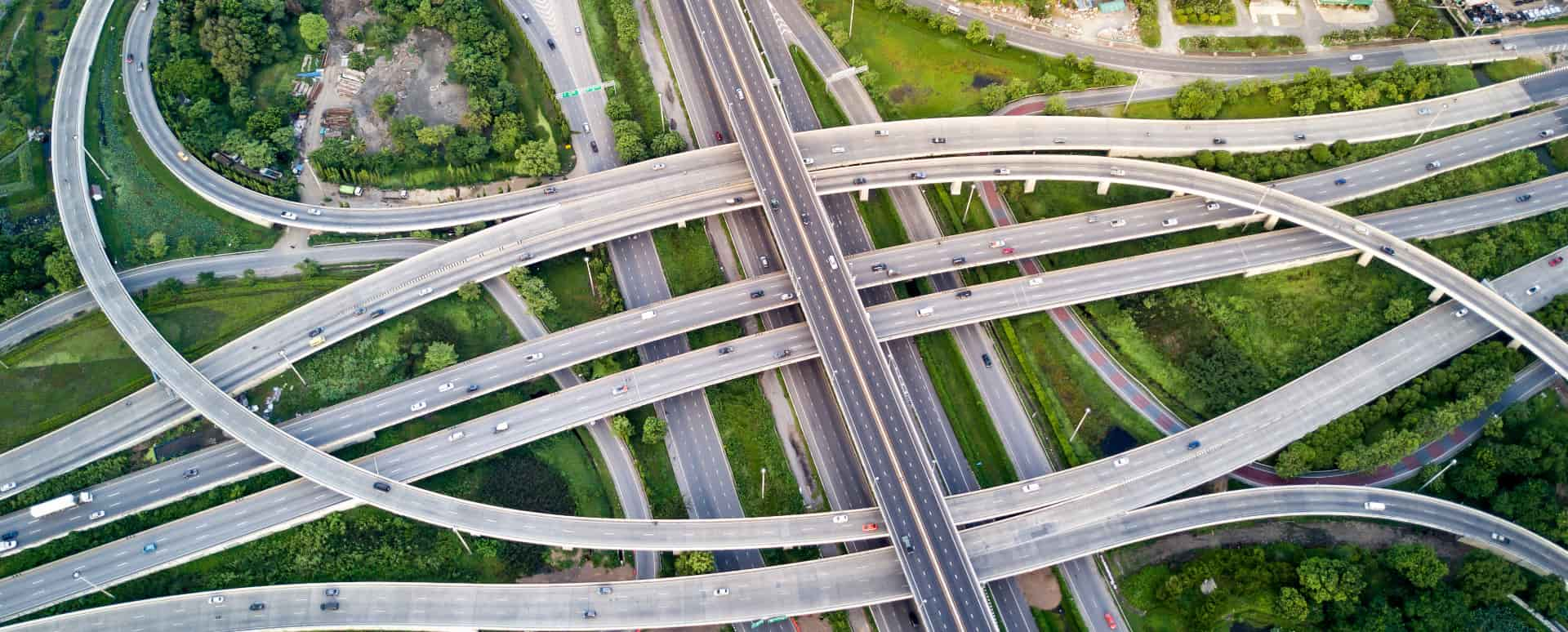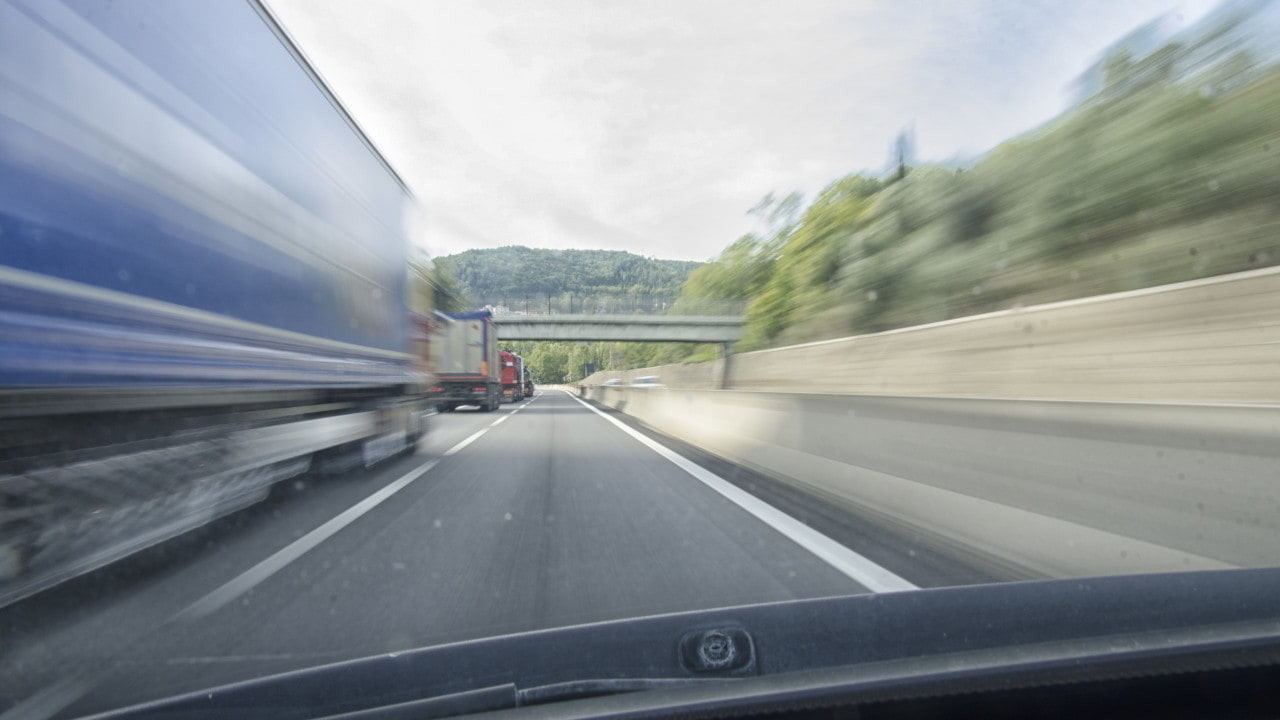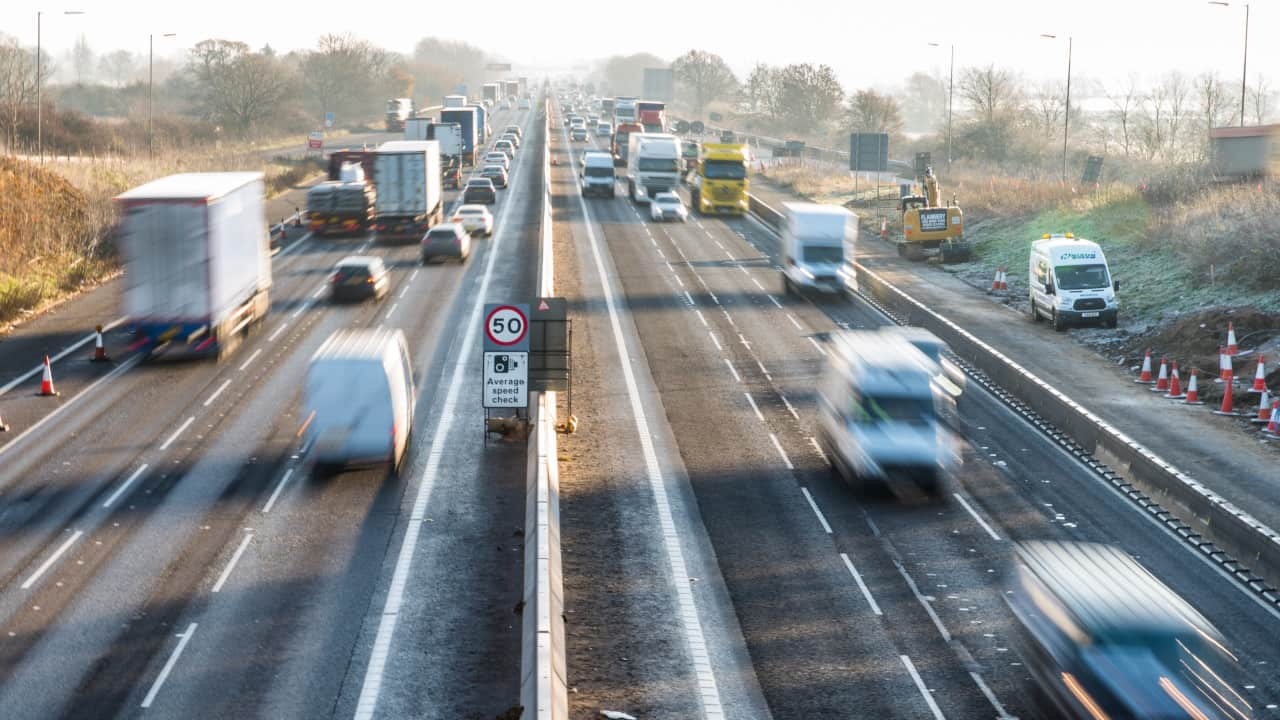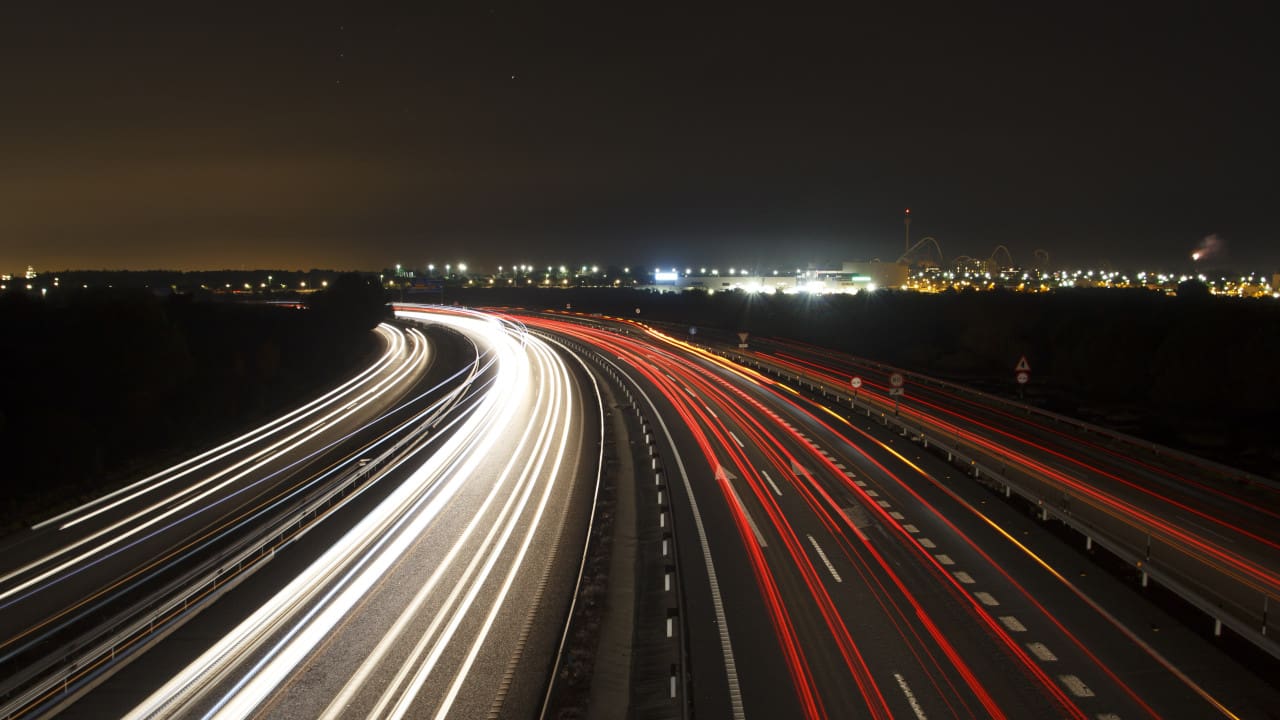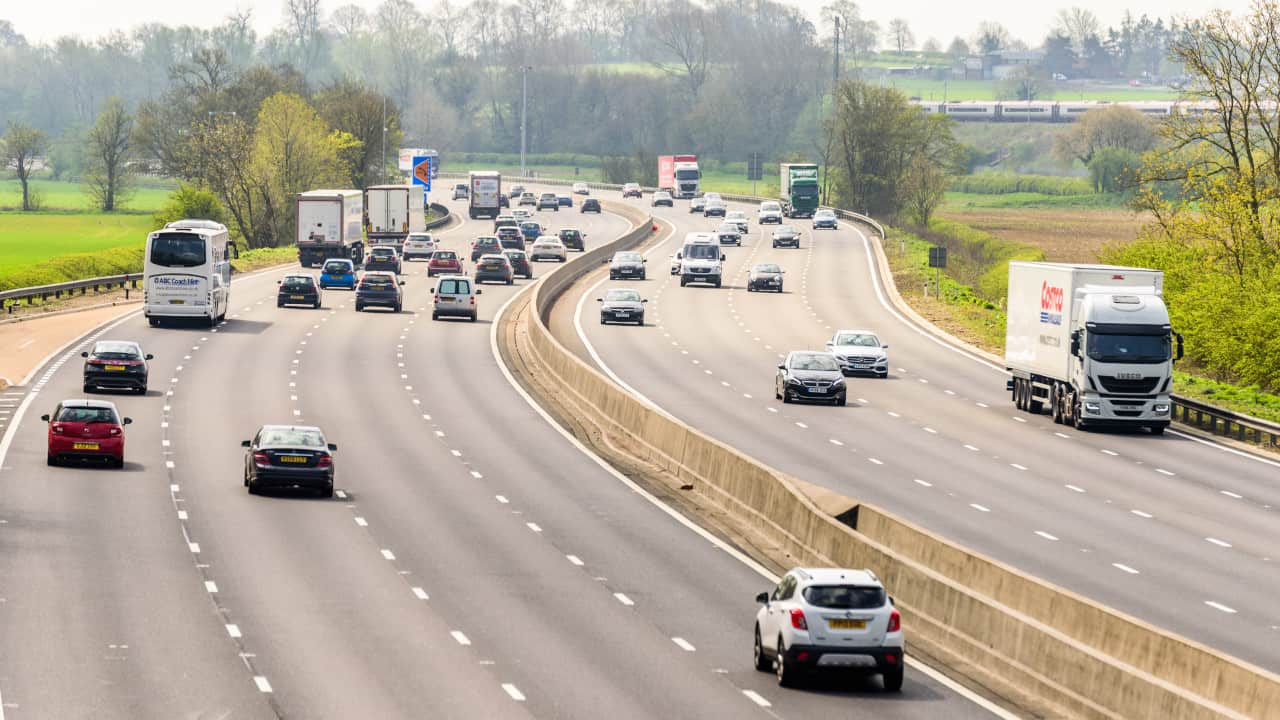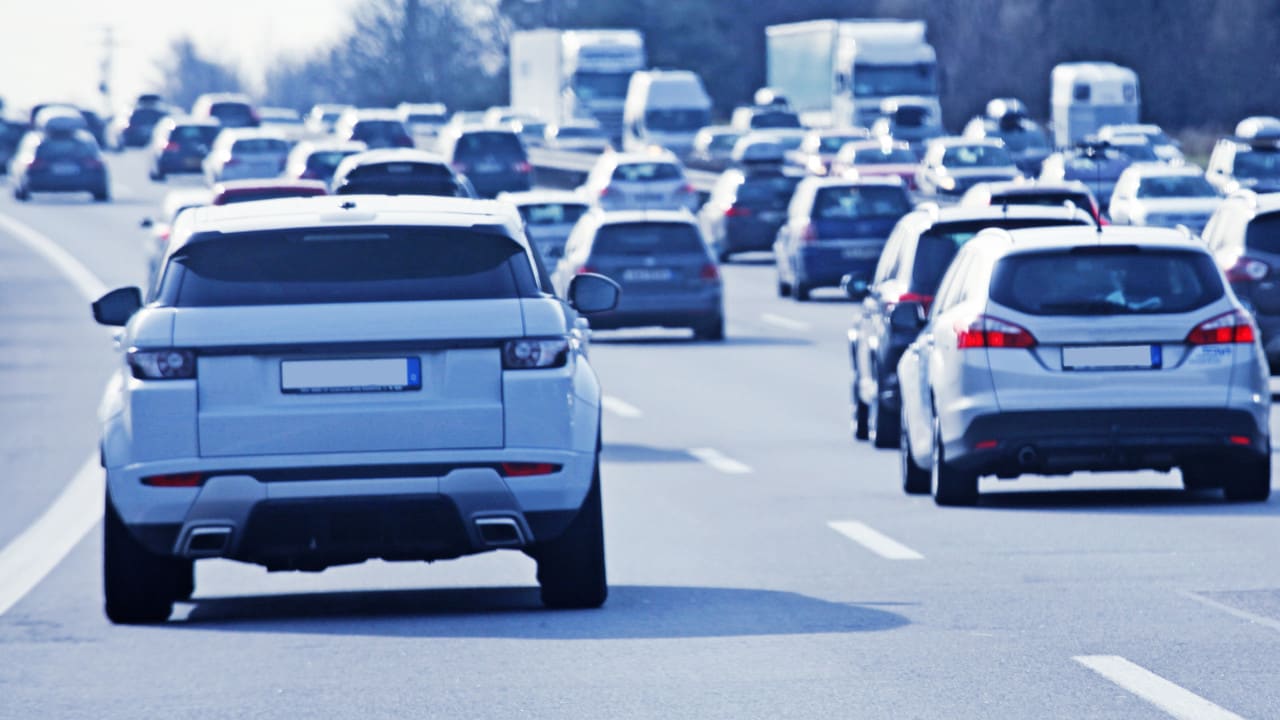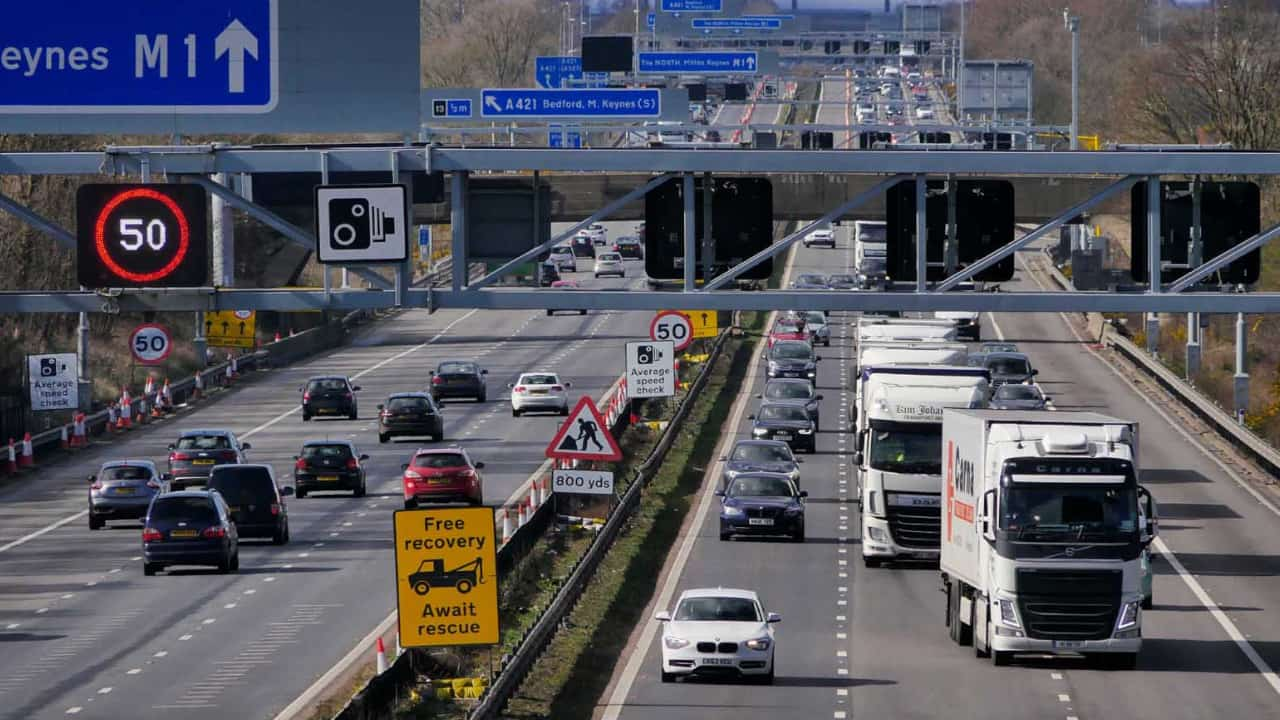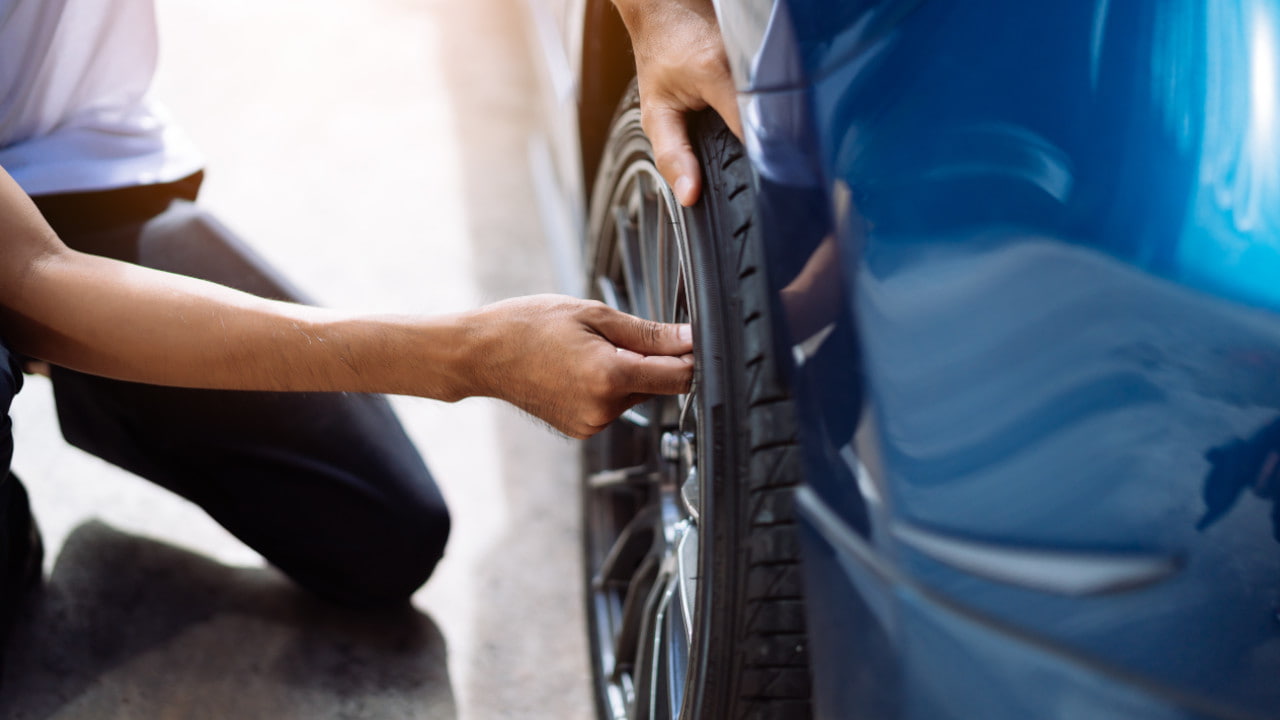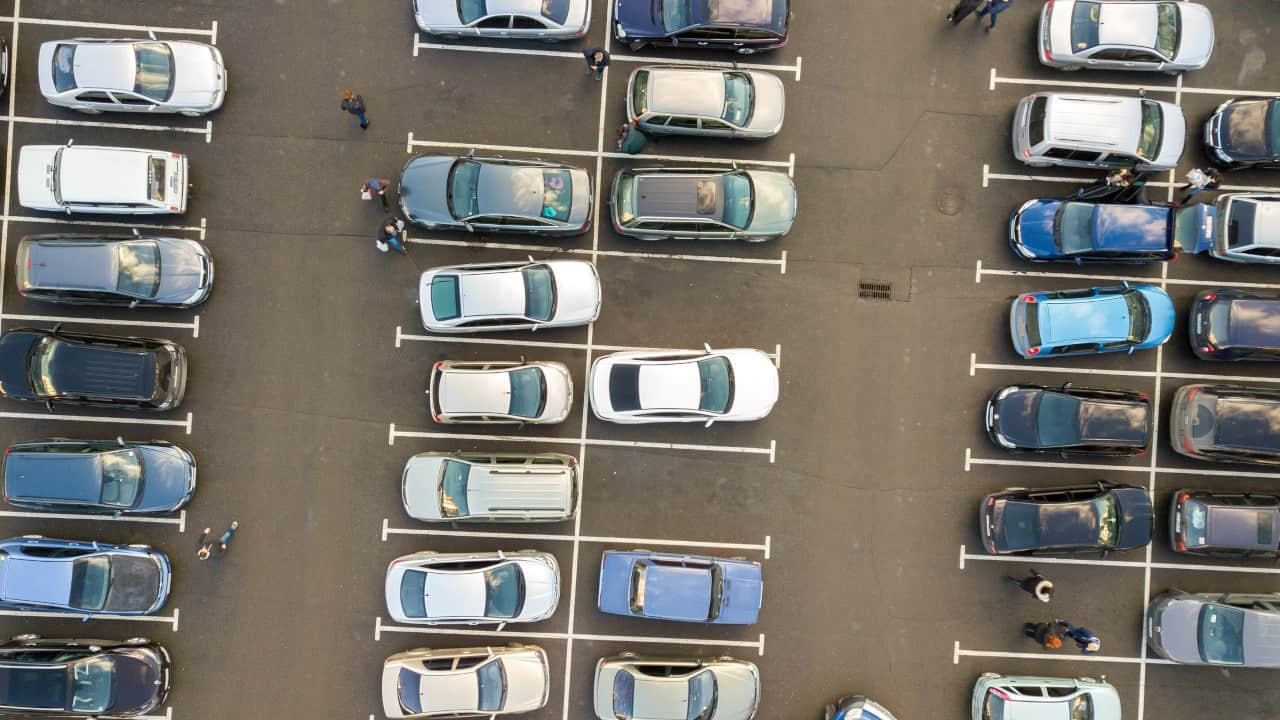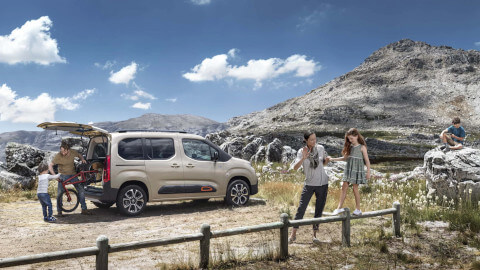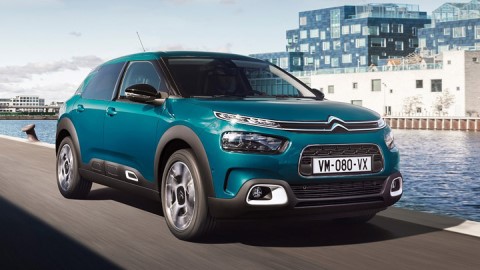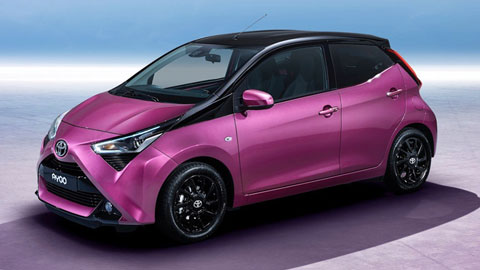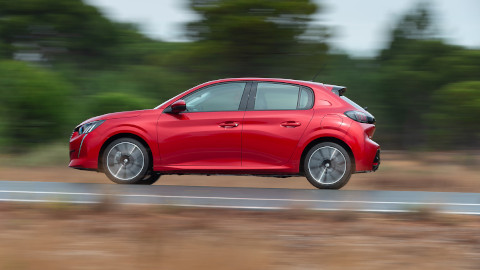Driving on the Motorway
With fast moving cars, numerous heavy trucks and plenty of traffic, driving on the motorway is often a daunting task for not just new drivers, but some experienced ones too. As plenty of us use the highway network to get to work or enjoy a staycation, it's important to understand how to drive on the motorway to reduce the risks.
From middle lane hoggers to frustrating tailgaters, you'll see plenty of bad habits whilst travelling. With plenty of new and used cars now coming with advanced driver assist systems (ADAS), some drivers fall into 'autopilot' mode and don't even realise they're driving incorrectly.
But the repercussions for doing so may be worse than an angry motorist flashing his headlights and angrily shaking his fist; you're putting yourself and other road users at risk, as well as potentially being fined or charged. We've compiled some of our top tips for driving on the motorway, to help you get to your destination in the safest possible manner.
How should you use the lanes on a motorway?
We've all heard plenty of driving myths and phrases, but one of the most common is the outer lanes of the motorway being referred to as the 'fast lanes'. For clarity, there's no such thing as a fast lane or a slow lane; all lanes of the motorway adhere to the national speed limit of 70mph.
The correct way to describe the lanes of a motorway is in a numerical manner; lane one is for standard driving and lanes two, three and four are used for overtaking traffic and not 'driving fast'. Once you've safely completed your overtaking manoeuvre you should move back over to lane one when possible.
Whilst slower moving vehicles such as trucks and vans are usually travelling in lane one, you should always use this lane unless overtaking. If you're found to be using the incorrect lane of a motorway you may be issued with a fine or penalty points.
How to change lanes on a motorway
So you're now travelling safely in lane one (not the 'slow lane') and are preparing to overtake slower moving traffic, but changing lanes on the motorway can cause anxiety for some, especially when heavily congested.
Changing lanes is not as challenging as many perceive however, and can be easily accomplished in a safe manner if you stick to the basics. The mirror, signal, manoeuvre method is a great way of measuring risk before completing an overtake. You'll also want to check your blind spot as other vehicles can often be travelling at a similar speed next to you.
Plenty of cars now come with systems such as blind spot and lane change assist to help when it comes to overtaking, but you shouldn't solely rely on these systems. Ensure you've checked yourself before attempting an overtake, and once complete, return to lane one to continue your journey.
Reflective studs on the motorway
While driving on the motorway you may have noticed a number of different coloured reflective studs in the ground that are especially useful when driving at night. These studs indicate different parts of the motorway dependent upon their colour:
- White: White studs mark out the lanes of the motorway, helping you to stay in your lane.
- Green: Green studs indicate the edge of the carriageway at slip roads and lay-bys, traffic may be leaving and/or joining the motorway over green studs.
- Green and Yellow: Green and Yellow studs (when together) are normally used temporarily, indicating adjustments to the road usually in the case of roadworks.
- Amber: Amber studs mark the edges of the central reservation of the motorway (right hand side).
- Red: Red studs mark the left edge of the road, ensuring you don't cross onto the hard shoulder or off the motorway entirely.
Joining and leaving the motorway
Another area where some go wrong is when they're entering and exiting the motorway. Due to the high speeds you travel whilst on them, it's important to understand how to correctly enter or exit without impeding other motorist's journeys.
When entering, you should use the full length of the slip road to ensure you're up to a suitable speed; entering the motorway significantly below the general speed of traffic can be extremely dangerous. As you have to give priority to traffic already on the motorway, maximising this space gives all drivers extra time to adjust their speed or change lanes if necessary. Do not cross solid white lines or use the hard shoulder to enter a motorway.
When exiting, ensure you're in the required lane with plenty of time to spare and not leaving it until the last minute. A consistent speed should be maintained wherever possible using the exit slip road to reduce your speed and not the motorway itself. Higher speeds also feel less significant after a long stint on the motorway, so once off, you may want to double check how fast you're going.
What is the hard shoulder?
The hard shoulder is an extra 'lane' to the left of lane one, and is to be used in certain scenarios. Firstly, in an emergency or breakdown you should attempt to gradually move across the lanes when safe to do so and use the hard shoulder as a place to stop. Once there, exit your car, climb onto the other side of the barriers and arrange recovery or breakdown assistance.
The hard shoulder also doubles up as an extra lane for emergency vehicles in the case of a road traffic collision. This allows respondents to get to the scene of a crash in the shortest possible time, so it's vital you don't block the hard shoulder when stuck in traffic.
In most scenarios you shouldn't drive on the hard shoulder, but there are certain exceptions to this rule. For example, overhead displays on smart motorways may tell you to do so, as well as police and highway officers.
Smart motorways
Introduced as a way to reduce build up in congested areas, smart motorways are sections of our M-roads that use variable speed limits and lanes to keep traffic flowing. You'll come across three 'schemes' of smart motorway while driving:
- Controlled Motorway: This is the closest of the three to a traditional motorway as a hard shoulder remains, but it should only be used in the case of an emergency. The overhead displays are used to adjust the mandatory speed limit when required.
- Dynamic Hard Shoulder: As the name suggests, the use of the hard shoulder is dynamic. This means that it remains as a traditional hard shoulder during quieter times, but is opened up as an additional lane during busier ones. Lanes will be closed if an incident has occurred, so if you see a red 'X' on the overhead displays you should exit that lane when safe to do so. Travelling in a lane with a red X is not only dangerous, but also illegal. Variable speed limits are also used, displayed overhead.
- All Lane Running: This means that the hard shoulder is permanently removed, with all lanes being used by traffic. Similar to the Dynamic Hard Shoulder, a red 'X' indicates lane closure. Variable speed limits are also used, displayed overhead.
Prepping your car
Road conditions can change from summer to winter, so before driving on the motorway, you should ensure your car is suitably prepared for the drive ahead. Simple pre-drive checks such as inspecting your lights and tyres could make the difference should anything go wrong.
Cleaning all of your windows increases visibility too, reducing the risks of a collision. You'll also want to give your number plates a wipe, due to the increased use of ANPR cameras on motorways. These cameras will automatically scan your number plate; if they can't correctly do so, you may be issued with a hefty fine or penalty points.
Regular maintenance and servicing, as well as vehicle health checks, are good ways of ensuring your car is kept in top condition, preventing the risk of being stranded at the side of a breezy motorway.
Taking a break
Motorways are a great way to quickly munch up miles and get from A to B in the quickest possible manner, making it easy to forget the importance of a break. The highway code states that you must take a 15-minute break for every two hours of driving you do.
The good news is you won't have to deviate very far off your route to do so thanks to regular service stations around the motorway network. You'll be notified of upcoming service stations and any significant gaps between stations via blue signs to the side of the motorway.
If you start to feel tired or simply want to stretch your legs, service stations are a great place to have a quick loo break or a cup of tea before getting back on the road.
Other commonly asked questions
How long after passing my test can I drive on the motorway?
As soon as you have passed your test, you're free to use the motorway at your own discretion. However, driving on the motorway can be intimidating, so ensure you know all the motorway rules and are confident enough to do so.
I'm driving on the motorway at night, when can I switch off my lights?
You should use your lights on the motorway in the same manner as you would any other road. For example, you should only use your full beam when there's no oncoming traffic, and your fog lights should only be used when visibility is below 100 metres. The only time you may turn off your headlights is when you're broken down and on the hard shoulder. Keep your sidelights and hazard lights on though as these inform other drivers of your situation.
When should I use hazard warning lights on the motorway?
Similar to the answer above, hazard warning lights should be used in the same way as any other road. Turn them on when broken down and when alerting other road users of potential hazards. Some choose to use them as a form of gratitude, but this may cause confusion and potential danger if misinterpreted.
Time to hit the high road
Before driving on the motorway, you'll need to be familiar with all of the above to reduce the risks for yourself and other road users. Whether you're using the motorway to get to a football away day, or are planning a UK road trip, you should now feel more confident in doing so.
If you're still feeling a little anxious, practicing on the motorway during quieter times is a great way to build up confidence and get to grips with the different rules. Alternatively, there's no shame in taking the scenic route and sticking to A and B-roads.
We regularly update our blog section with various driving tips and guides to help you enjoy your time behind the wheel to its fullest.

